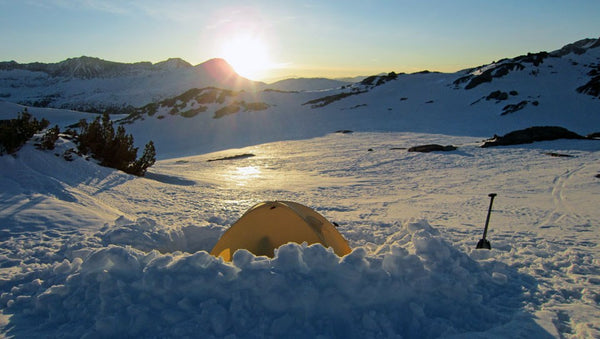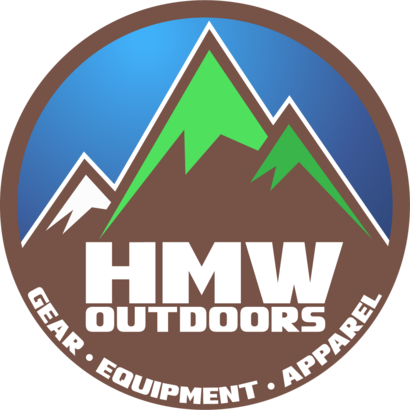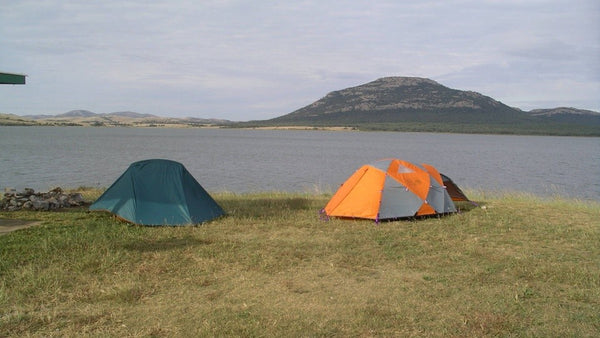Learn basic scout first aid NOW!!!
With practice our basic first aid overview will serve as a foundation for future learning. After reading this post practice the skills so when you need them you are prepared.
Basic first aid allows one to quickly determine a person's physical condition and the correct course of treatment even it we are only dealing with a small cut. You or your scout should always seek professional medical help as soon as you are able, but following correct first aid procedures can sometimes be the difference between life and death. This post covers basic first aid before working on advance topics covered in formal first aid classes like those offered by the Red Cross or part of a merit badge program.
Before we get to far, our Individual First Aid Kit is what a scout or backpacker needs to get started. It was developed after reviewing the Boy Scout and Girl Scout programs. This kit is compact and fits comfortably in a cargo pant pocket. Get your scout an individual first aid kit here so they are ready for what may come on that next hike or campout.
Now onto the lesson.
Treatment for simple cuts and scratches.
- Clean wound with soap and water or sanitizing wipes if water is not available
- Allow wound to dry
- Apply triple-antibiotic ointment
- Apply an adhesive bandage
Treatment for blisters on hand and foot
- Surround the tender spot with a doughnut bandage cut from moleskin when you notice a hot spot forming on your hand or foot.
- If the blister must be broken, sterilize a pin in the flame of a match.
- Prick the blister near the edge and press the fluid out.
- Keep the wound clean with a sterile bandage and protect it from pressure with a doughnut.
Treatment for first degree burns
- Treat immediately with cold water. Keep the burn under water until there is little or no pain.
- Apply a moist bandage loosely.
- Where water is not available apply a clean, dry dressing.
Treatment for bites or stings of insects and ticks
- Use fine-tipped tweezers to grasp the tick as close to the skin's surface as possible.
- Pull upward with steady, even pressure. Don't twist or jerk the tick; this can cause the mouth-parts to break off and remain in the skin. If this happens, remove the mouth-parts with tweezers. If you are unable to remove the mouth easily with clean tweezers, leave it alone and let the skin heal.
- After removing the tick, thoroughly clean the bite area and your hands with rubbing alcohol, an iodine scrub, sanitizing wipes, or soap and water. (In the kit)
- Dispose of a live tick by submersing it in alcohol, placing it in a sealed bag/container, wrapping it tightly in tape, or flushing it down the toilet. Never crush a tick with your fingers.
Treatment for poisonous snakes
- Try to remember the color and shape of the snake, which can help with treatment of the snake bite.
- Keep still and calm. This can slow down the spread of venom.
- Inform your supervisor.
- Apply first aid if you cannot get to the hospital right away.
- Lay or sit down with the bite below the level of the heart.
- Wash the bite with soap and water or sanitizing wipes.
- Cover the bite with a clean, dry dressing.
- Do not pick up the snake or try to trap it.
- Do not wait for symptoms to appear if bitten, seek immediate medical attention.
- Do not apply a tourniquet.
- Do not slash the wound with a knife.
- Do not suck out the venom.
- Do not apply ice or immerse the wound in water.
- Do not drink alcohol as a painkiller.
- Do not drink caffeinated beverages.
Treatment for nosebleed:
- Sit down and gently squeeze the soft portion of the nose between your thumb and finger (so that the nostrils are closed) for a full 10 minutes.
- Lean forward to avoid swallowing the blood and breathe through your mouth.
- Wait at least 10 minutes before checking if the bleeding has stopped. Be sure to allow enough time for the bleeding to stop.
Treatment for poisonous plants:
- Know how to identify poisonous plants in the area.
- Immediately rinse skin with rubbing alcohol, specialized poison plant washes, degreasing soap (such as dishwashing soap) or detergent, and lots of water.
- Rinse frequently so that wash solutions do not dry on the skin and further spread the urushiol.
- Scrub under nails with a brush.
- Wash clothing that may have the oils of the plant on it.
- Apply wet compresses, calamine lotion, or hydrocortisone cream to the skin to reduce itching and blistering.
- Follow the directions on any creams and lotions. Do not apply to broken skin, such as open blisters.
- Oatmeal baths may relieve itching.
- An antihistamine such as diphenhydramine (Benadryl) can be taken to help relieve itching.
- Follow directions on the package.
- Drowsiness may occur.
- If children come in contact with work clothing contaminated with urushiol, a pediatrician should be contacted to determine appropriate dosage.
- In severe cases or if the rash is on the face or genitals, seek professional medical attention.
- Call 911 or go to a hospital emergency room if the person is suffering a severe allergic reaction, such as swelling or difficulty breathing, or has had a severe reaction in the past.
For first aid this is just a start, there is so much to learn especially if your adventures take you or your scout into the backcountry. Once off the beaten path a 911 response may be measured in hours or days. Make sure your scout is prepared.
Our Individual first aid kit is a simple solution for:
- The Boy Scout New Tenderfoot Rank requirement 4d (Assemble a personal first-aid kit to carry with you on future campouts and hikes. Tell how each item in the kit would be used.)
- The Webelos/Arrow of Light First Responder Requirement 6 (Put together a simple home first-aid kit. Explain what you included and how to use each item correctly.)
- The Girl Scout Brownie First Aid Requirement Step 3 (Make a first aid kit)
- The Girl Scout Junior First Aid Requirement Step 3 (Make a portable first aid kit)
- The Trail Life USA First Aid Requirement 14a (Make a personal first aid kit for hiking and other wilderness trips).
Now empowered with knowledge our Individual First Aid Kit is the perfect tool for a scout or backpacker to get started and be prepared. It was developed after reviewing the Boy Scout and Girl Scout programs. This kit is compact and fits comfortably in a cargo pant pocket. Get your scout an individual first aid kit here so they are ready for what may come on that next hike or campout.
Leave a comment
Comments will be approved before showing up.
Also in News & Skills




Richard White II
Author